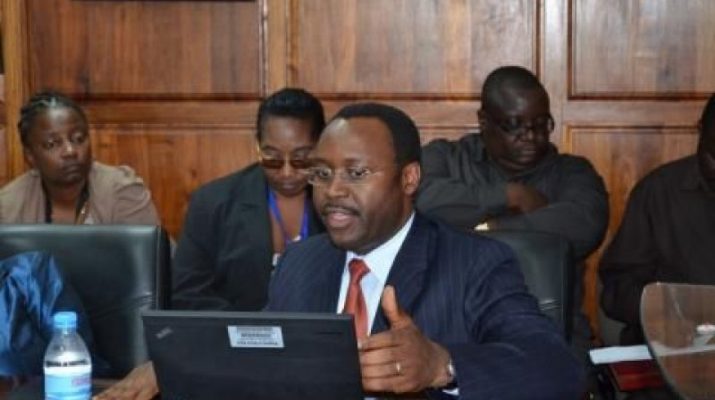WASHINGTON, After slowing to 3 percent in 2015, economic growth in Sub-Saharan Africa is expected to fall further to 1.6 percent in 2016, the lowest level in over two decades.
According to Word Bank, the sharp decline in aggregate growth reflects challenging economic conditions in the region’s largest economies and commodity exporters.
Many of these countries continue to face headwinds from low commodity prices, tight financial conditions, and domestic policy uncertainties. Economic activity has been notably weak across oil exporters.
These latest figures were outlined in the new Africa’s Pulse, the World Bank’s twice-yearly analysis of economic trends and data for the region. Growth is far from homogeneous, suggesting that countries are growing at divergent speeds.
While many countries are registering a sharp slippage in economic growth, some others—Ethiopia, Rwanda, and Tanzania—have continued to post annual average growth rates of over 6 percent. Several countries—including Côte d’Ivoire and Senegal—have become top performers.
“Our analysis shows that the more resilient growth performers tend to have stronger macroeconomic policy frameworks, better business regulatory environment, more diverse structure of exports, and more effective
institutions,” says Albert Zeufack, World Bank Chief Economist for Africa.
Despite a recent pickup, commodity prices are expected to remain largely below their 2011–14 peaks, reflecting the weak global recovery. Faced with growing financing needs, commodity exporters have begun to adjust, but efforts have been uneven and remain insufficient.
Against this backdrop, a modest recovery is expected with real GDP in Sub-Saharan Africa forecasted to grow 2.9 percent in 2017, then rising moderately to 3.6 percent in 2018.
Africa’s Pulse notes that the region’s economic performance in 2017 will continue to be marked by variation across countries.
While the larger economies and other commodity exporters are expected to see a modest increase in GDP growth as commodity prices continue to stabilize, economic activity is expected to keep expanding at a robust pace elsewhere in the region, supported in part by infrastructure investments.

